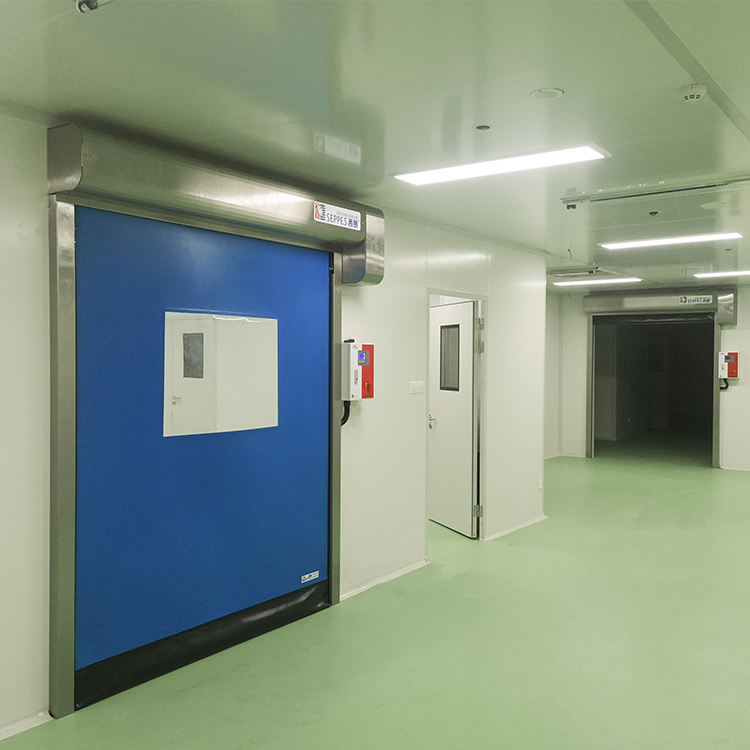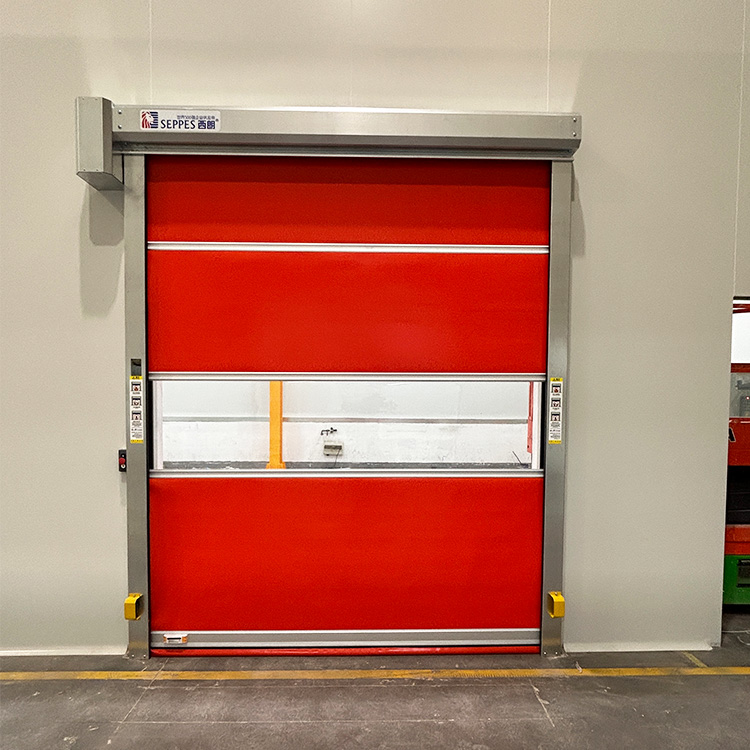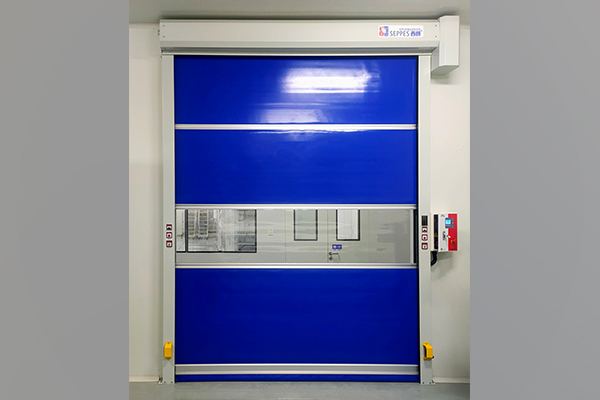Robot equipment welding room isolation protective high speed door
The welding chamber isolation protective high speed door between robotic equipment is a device used to ensure safety and improve production efficiency. Such doors are usually designed to isolate the welding room to prevent harmful welding gases and light radiation from spreading to other work areas. Here are some common features and functions of such doors:

Fast opening and closing: These doors usually have a fast opening and closing mechanism so that workers and robots can quickly enter and exit the welding room, thereby increasing production efficiency.
Safety awareness technology: Isolation and protection high speed doors are usually equipped with safety awareness technology, such as infrared or laser sensors, to detect whether there are people or objects at the door, so as to avoid nip or collision accidents.
Protective properties: These doors are usually designed to have good protective properties to prevent sparks, splashes, harmful gases, and ultraviolet radiation from spreading to the area outside the door.
High temperature resistant materials: Due to the high temperature environment used for welding, such doors are usually made of high temperature resistant materials to ensure their durability for long periods of use in the welding chamber.
Remote control: Some isolation-protected high speed doors may be equipped with a remote control system that allows the operator to control the opening and closing of the door from a remote location for easy operation and monitoring.
Emergency stop function: The door is usually equipped with an emergency stop button or switch to ensure that the door can be quickly closed in an emergency to ensure the safety of the staff.
Customization options: These doors can often be customized to meet the requirements of the specific welding room and robotic equipment to meet the requirements of different applications.
Isolation and protection high speed doors play a key role in robot welding applications, ensuring the safety of the working environment and the efficiency of production. They help reduce the risk of accidents, increase productivity, and ensure the safety of workers in hot and hazardous environments.




Comment (0)